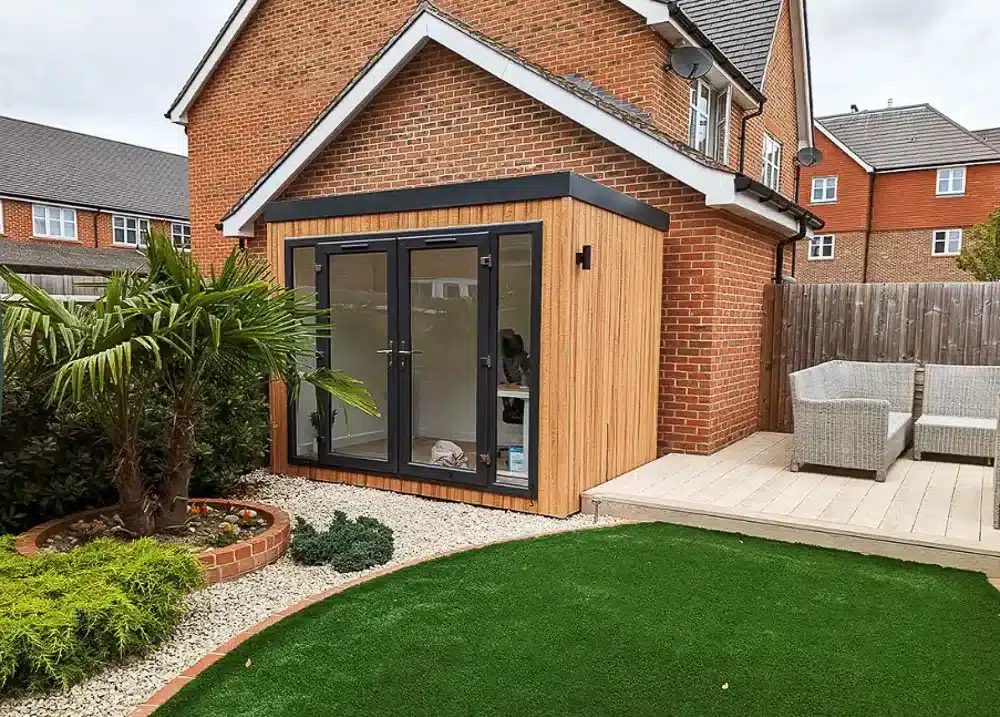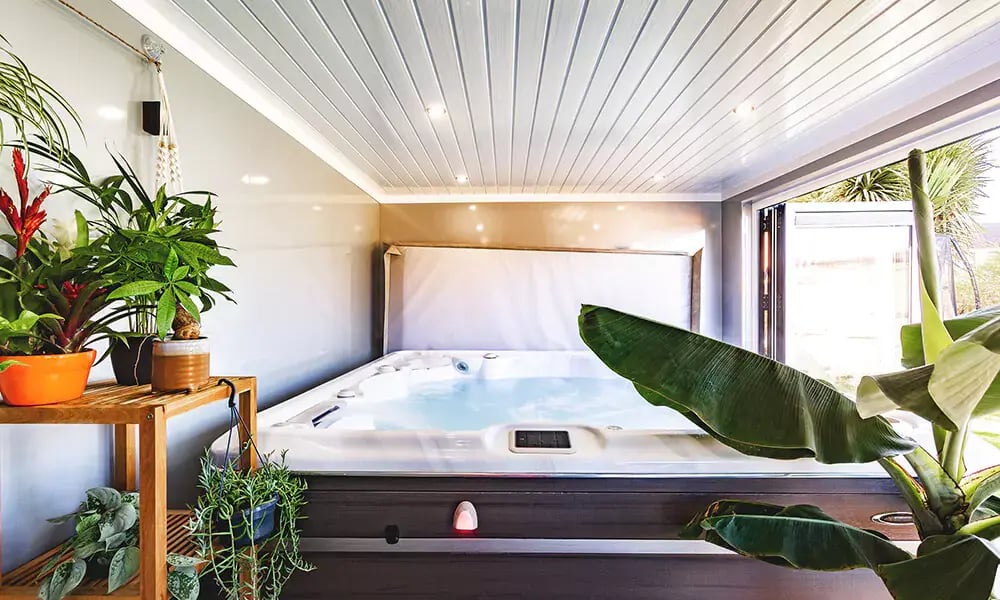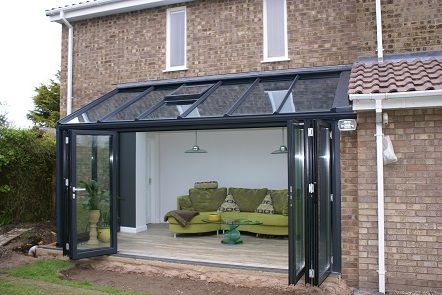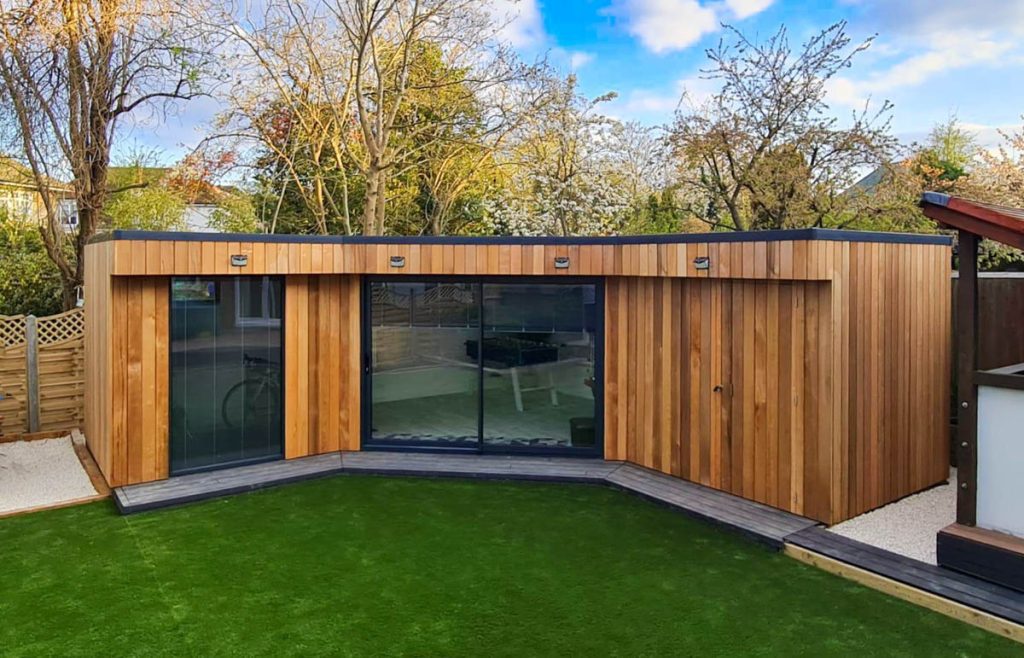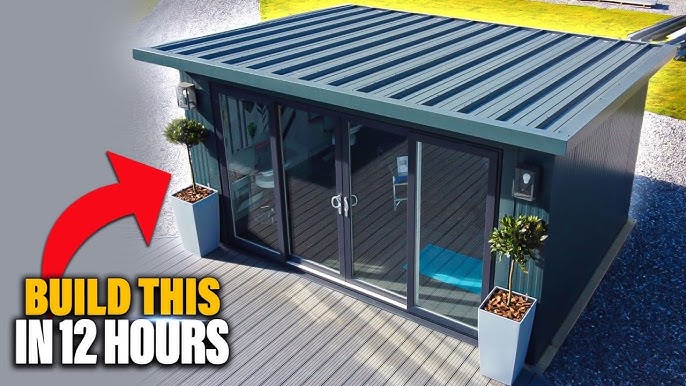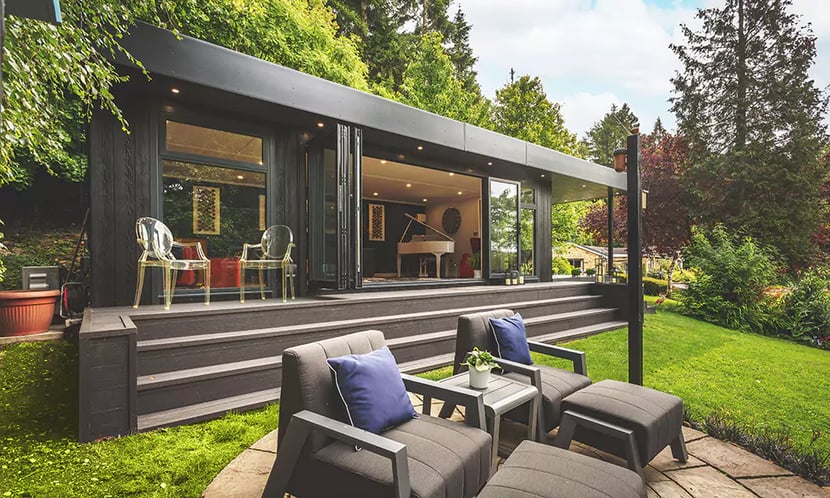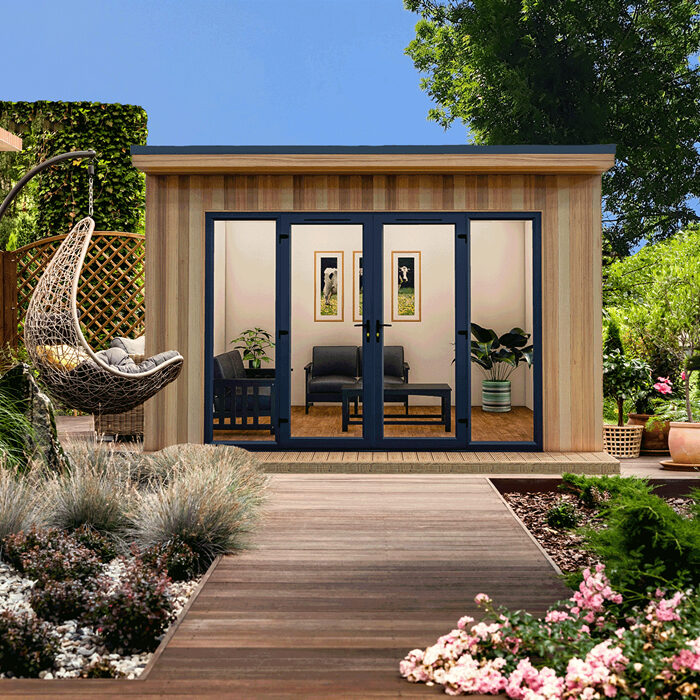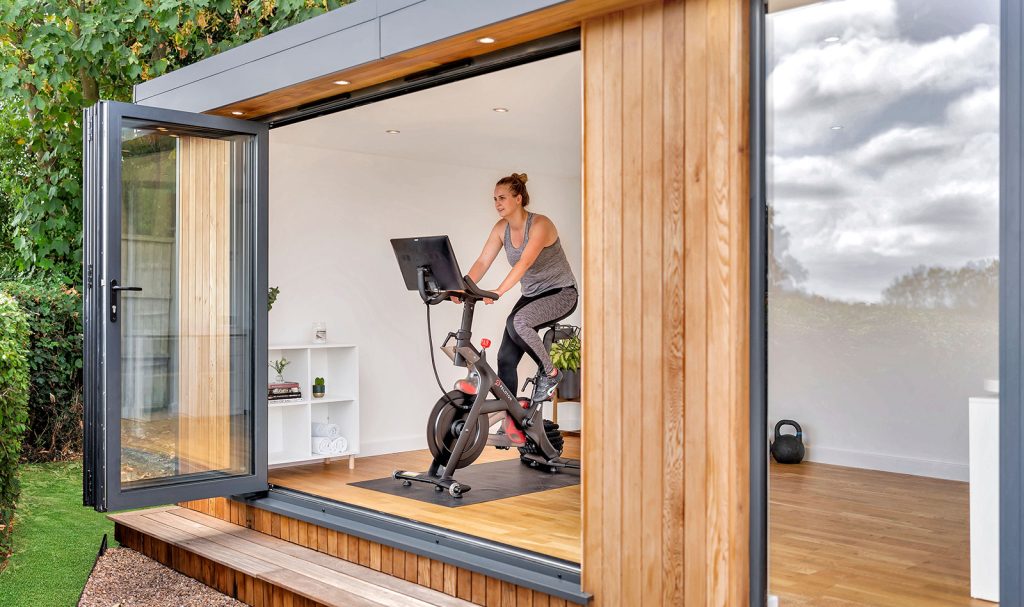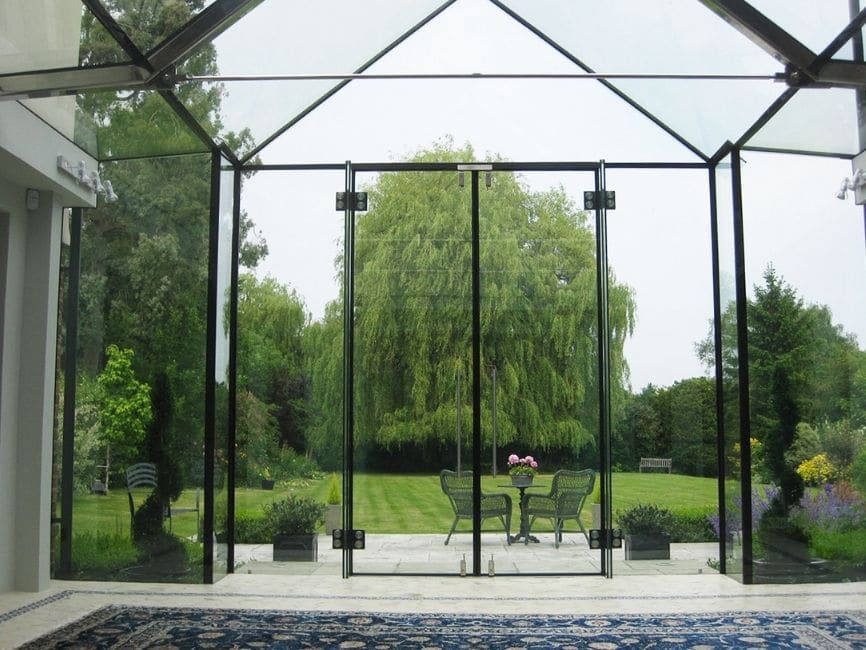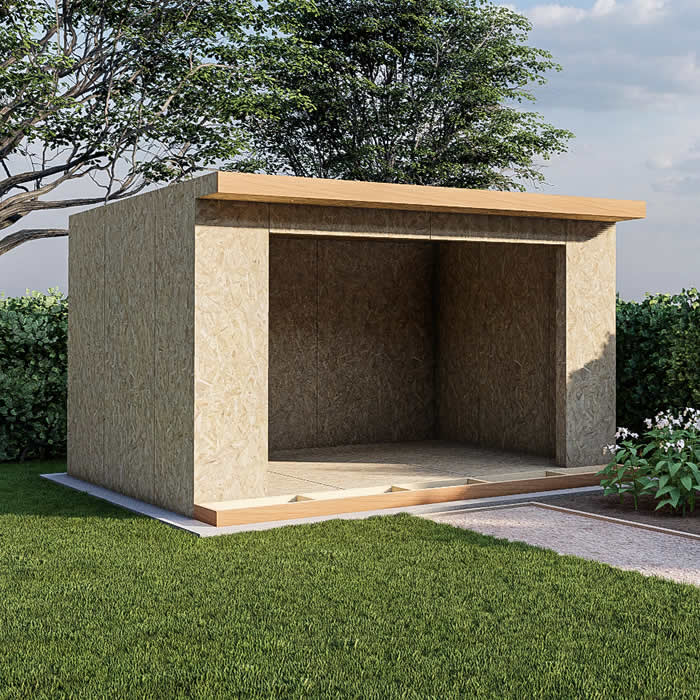How to Choose The Perfect Garden Room Kit: A Complete Buyer’s Guide
Ready to transform your outdoor space? Learn how to select the ideal garden room kit that perfectly matches your lifestyle, budget, and installation preferences. Understanding Garden Room Kits Garden room kits represent a revolutionary approach to expanding your living space, offering a pre-designed and pre-manufactured solution that combines convenience with quality. These comprehensive packages include all necessary components for constructing a fully functional garden room, from the structural elements to finishing materials. In 2024, the UK has seen a 35% increase in garden room kit installations, highlighting their growing popularity as a flexible and cost-effective home improvement solution. What is a Garden Room Kit? A complete package containing all structural components and materials needed for assembly Pre-cut and pre-measured elements designed for precise fitting Typically includes walls, roof, floor, windows, doors, and fixings Can be assembled in as little as 24-48 hours Available in various sizes and specifications to suit different needs Benefits of Choosing a Kit Over Traditional Construction Opting for a garden room kit offers numerous advantages over conventional building methods. Modern kits can be assembled up to 70% faster than traditional construction, with significant cost savings of up to 40%. They provide predictable pricing, reduced waste, and minimal disruption to your property. Additionally, many kits now feature advanced insulation systems and premium materials that match or exceed traditional building standards. Common Components and Materials Structural framework (typically timber or aluminium) Insulated wall panels and roofing systems Double-glazed windows and doors Floor panels and support system External cladding options Internal finishing materials Fixings, sealants, and hardware Assessing Your Needs and Space Before selecting a garden room kit, it’s crucial to carefully evaluate your requirements and available space. Recent surveys show that 85% of successful installations began with a thorough assessment of the site and intended use. Consider factors such as the room’s primary purpose, required amenities, and how it will integrate with your existing garden landscape. Determining the Right Size Measure available space, accounting for access and planning restrictions Consider the golden ratio of 1:3 between garden room and remaining garden space Allow minimum clearance of 1 metre around all sides Factor in internal furniture and equipment requirements Planning Permission Considerations While most garden room kits fall within permitted development rights, it’s essential to understand current regulations. As of 2024, structures under 2.5m in height generally don’t require planning permission, but there are important considerations for larger installations or properties in conservation areas. Site Preparation Requirements Level ground with adequate drainage Stable foundation system suitable for your soil type Clear access for delivery and construction Proximity to utilities and services Key Features to Consider Modern garden room kits offer an impressive array of features that can significantly impact comfort, efficiency, and usability. The latest market data shows that 92% of buyers prioritise insulation and natural light when selecting their kit. Insulation and Weather Protection Contemporary garden room kits feature advanced insulation systems, with many achieving U-values as low as 0.18 W/m²K. This level of thermal efficiency ensures year-round comfort and reduced energy costs. Look for kits with integrated vapour barriers and weather-resistant external finishes. Glazing Options and Natural Light Double or triple glazing options Solar control glass for temperature management Bi-fold or sliding door systems Roof light options for additional natural illumination Foundation Systems Most modern kits offer choice between several foundation options, including concrete base, pile foundations, or innovative eco-friendly alternatives. The selection should be based on your site conditions and local ground characteristics. Electrical Specifications Pre-wired electrical packages Consumer unit installation LED lighting systems Heating and cooling options Data and communications infrastructure Installation Methods and Requirements Installation approaches vary significantly between different kit types, with options suitable for both DIY enthusiasts and those preferring professional installation. Current market data indicates that 60% of buyers opt for professional installation, while 40% choose the DIY route. DIY vs Professional Installation DIY installation can save 30-40% on total costs Professional installation typically takes 2-3 days Warranty implications for different installation methods Skill level requirements and safety considerations Time and Labor Considerations Installation timelines vary based on kit complexity and installation method. Most systems can be erected within 24-72 hours with a two-person team, though finishing work may require additional time. Tool Requirements Basic hand tools (screwdrivers, spirit level, tape measure) Power tools (drill, circular saw, impact driver) Specialist tools (provided in some kits) Safety equipment and PPE Budget Considerations Investment in a garden room kit typically ranges from £5,000 to £30,000, with various factors influencing the final cost. The market shows that well-chosen kits can add up to 1.5 times their value to property prices. Initial Costs vs Long-term Value Base kit costs and size variations Installation expenses (DIY vs professional) Additional features and upgrades Return on investment considerations Additional Expenses to Consider Beyond the basic kit cost, factor in groundworks, electrical connections, and any custom features or upgrades. Smart planning can help manage these expenses effectively while ensuring a high-quality result. Potential Cost Savings DIY installation options Modular expansion possibilities Energy efficiency benefits Reduced maintenance costs Making Your Final Decision Selecting the right garden room kit requires careful consideration of all factors discussed. Prioritise suppliers with proven track records and comprehensive support systems to ensure a successful project outcome. Getting Started With Your Garden Room Kit Once you’ve chosen your ideal kit, proper planning and preparation are crucial for a successful installation. Create a detailed timeline, arrange necessary permissions, and ensure all prerequisites are met before delivery. Pre-installation Checklist Confirm planning requirements and permissions Arrange site preparation and access Schedule delivery and installation dates Organise tools and additional materials Plan for utility connections Timeline Planning Develop a realistic project timeline accounting for all phases from delivery to completion. Most garden room kit installations can be completed within 1-2 weeks, including groundworks and finishing touches. Next Steps and Resources Take advantage of manufacturer support, installation guides, and online resources to ensure a smooth project execution. Consider joining online communities where other kit owners share their experiences and tips
How to Choose The Perfect Garden Room Kit: A Complete Buyer’s Guide Read More »


